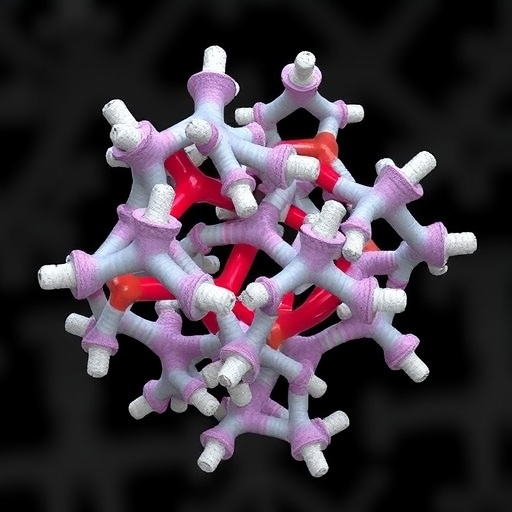UBC research measures an accurate and precise dose of radiation
Delivering just the right dose of radiation for cancer patients is a delicate balance in their treatment regime. However, in a new study from UBC Okanagan and Duke University, researchers have developed a system they say may improve the ability to maximize radiation doses to cancer tissues while minimizing exposure to healthy ones.
“Radiation is a significant part of cancer therapy and it’s important to make it as effective as possible,” says Andrew Jirasek, a UBC Okanagan physics professor and senior author of the study. “The challenge is that radiation, while great at attacking rapidly dividing cancer cells, is also damaging to the surrounding healthy cells. Our solution is to make it easier to see exactly which tissues are getting a radiation dose and how much.”
The new system uses a specialized polymer gel used to assess both the 3D location and the dose of the treatment. The team’s first step was to validate the spatial accuracy of the gel, known as a dosimeter. They compared the dosimeter readings with traditional radiation treatment planning algorithms and found that the gel dosimeter was accurate in mapping the spatial location of the delivered radiation. Measurements of the radiation dose were also validated and visualized with the dosimeter.
The new system also allows for direct visualization of the radiation dose immediately after therapy, which results in highly efficient and accurate testing.
“Advances in delivery technology have enabled radiation beams to be rotated and adjusted to target the tumour and spare the healthy tissue, which reduces side effects,” he adds. “Now more advanced measuring devices are required to ensure that the dose and delivery of the treatment is accurate.”
Jirasek worked with colleagues from Duke University to take advantage of positioning systems already in place on most linear accelerators that deliver a radiation beam to the patient. The advantage of using the existing systems allowed for a new adjustment to be implemented without significant changes to the equipment.
“For the first time we are able to visualize a radiotherapy dose in true 3D and very quickly after the radiation has been delivered,” says Jirasek.
More than 50 percent of all cancer patients benefit from radiation therapy as it helps manage their disease. However, because radiation affects both healthy and tumor tissue, accurate and tightly controlled dosing is crucial. This new system may lead to improvements in dose accuracy, sensitivity and localization during therapy.
“The next steps are to improve the process so that it can move into the clinic–the sooner successful therapy is implemented, the better for the patient,” he adds.
###
Supported by a Natural Sciences and Engineering Research Council of Canada grant, this research was published in the International Journal of Radiation Oncology, Biology, and Physics.
April is Daffodil Month
For more than 60 years, Canadians have been acknowledging and supporting those affected by cancer by purchasing daffodils during the month of April. Donations to the Canadian Cancer Society have funded research, information and patient support services. Partially through these efforts, the cancer survival rate has increased from 35 to 60 per cent since 1950. In 2017, about 565 Canadians were diagnosed with cancer each day.
Media Contact
Christine Zeindler
[email protected]
Related Journal Article
https:/
http://dx.




